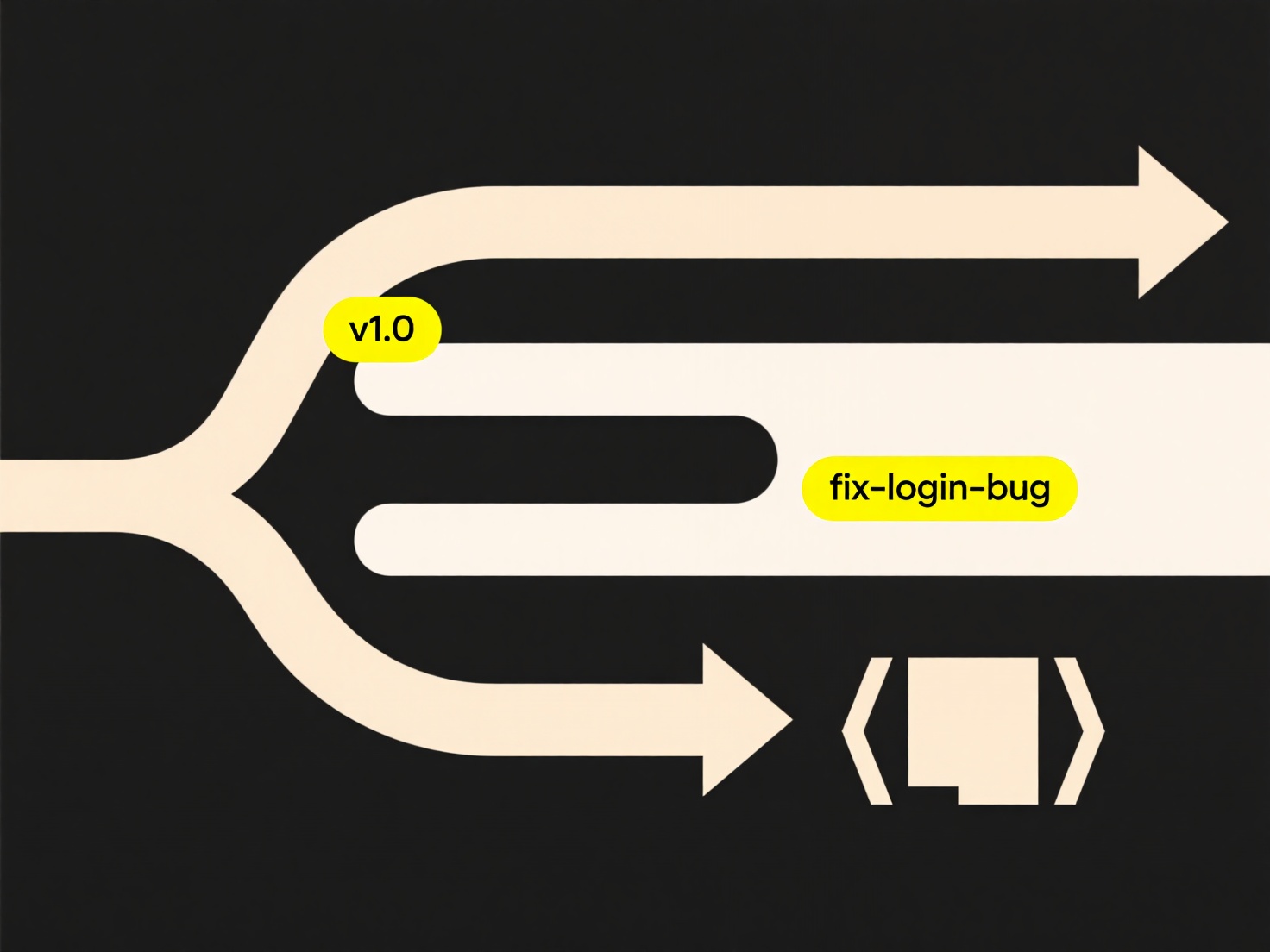
Searching for files with missing extensions means locating files where the part after the last dot (like .txt, .jpg, .pdf) is absent. This usually happens accidentally, either due to manual renaming mistakes, software errors, or improper transfer processes. Without an extension, operating systems and applications struggle to identify the file's type or default program, making it harder to open and use them correctly. This differs from hidden extensions, where the extension exists but is just not displayed visually.
You can find these files using specific search patterns. On Windows, open File Explorer, navigate to a folder (e.g., Documents or Downloads), and type * in the search bar. This lists all files containing a dot in their name; visually scan for files lacking anything after the last dot. On macOS/Linux, use the Terminal: run find /path/to/search -type f ! -name "*.*" to find files without any dot at all. Advanced users employ tools like 'Everything' (Windows) or command find with regex for more precise filtering.

This approach is crucial for data recovery, organization, or security auditing. However, identifying the true file type without its extension is unreliable and often requires examining file headers or content manually. Misinterpretation can corrupt data if opened incorrectly. Future file systems or AI tools might better infer file types from content, improving handling of such files.
How do I search for files with missing extensions?
Searching for files with missing extensions means locating files where the part after the last dot (like .txt, .jpg, .pdf) is absent. This usually happens accidentally, either due to manual renaming mistakes, software errors, or improper transfer processes. Without an extension, operating systems and applications struggle to identify the file's type or default program, making it harder to open and use them correctly. This differs from hidden extensions, where the extension exists but is just not displayed visually.
You can find these files using specific search patterns. On Windows, open File Explorer, navigate to a folder (e.g., Documents or Downloads), and type * in the search bar. This lists all files containing a dot in their name; visually scan for files lacking anything after the last dot. On macOS/Linux, use the Terminal: run find /path/to/search -type f ! -name "*.*" to find files without any dot at all. Advanced users employ tools like 'Everything' (Windows) or command find with regex for more precise filtering.

This approach is crucial for data recovery, organization, or security auditing. However, identifying the true file type without its extension is unreliable and often requires examining file headers or content manually. Misinterpretation can corrupt data if opened incorrectly. Future file systems or AI tools might better infer file types from content, improving handling of such files.
Quick Article Links
Why is the file opening in a web browser instead of the app?
Files open in a web browser rather than a dedicated application when your device or web service prioritizes browser-base...
How long can a file name be?
File name length refers to the maximum number of characters allowed in the name of a file, including the extension. This...
Can I tag or label duplicates for cleanup later?
Tagging or labeling duplicates involves marking repeated entries with a temporary indicator within a database or file sy...